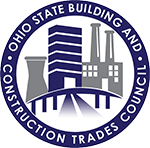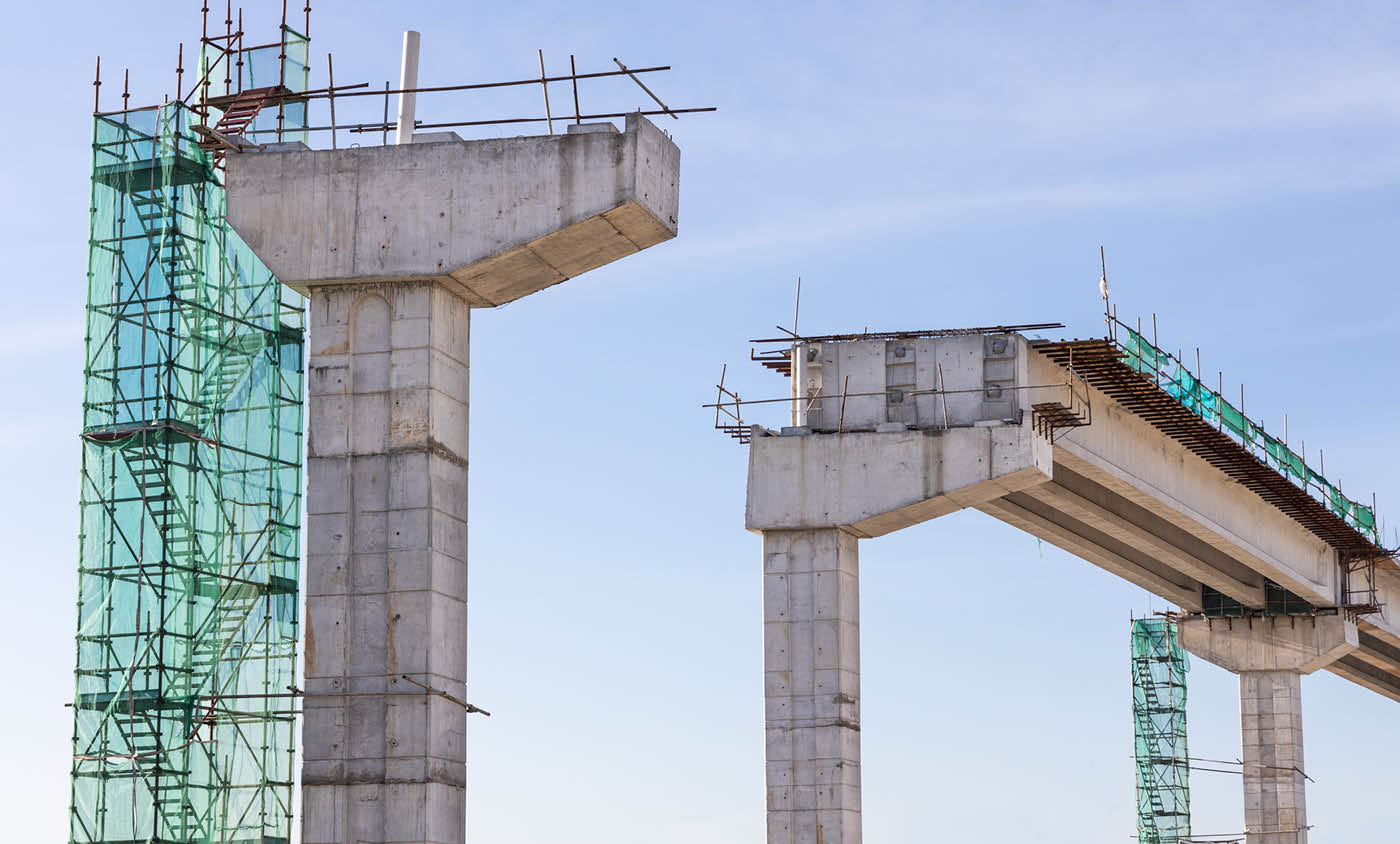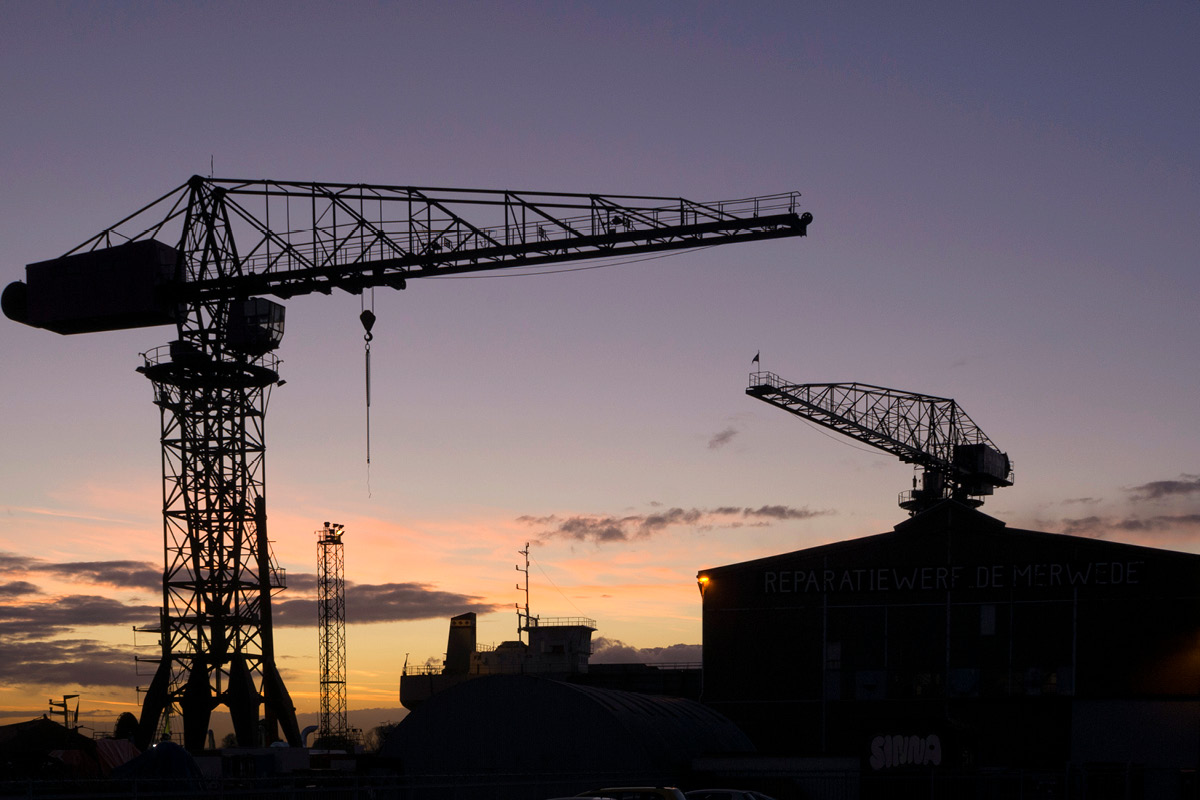On May 2, 2019, Michael Knisley, Secretary-Treasurer of the Ohio State Building and Construction Trades Council testified before the US Senate Committee on Homeland Security and Governmental Affairs’ Permanent Subcommittee on Investigations in its hearing on Oversight of Federal Infrastructure Permitting and FAST-41. This is his testimony:
Good morning, Senator Portman and members of the committee, thank you for your leadership on this issue and for inviting me to testify during this hearing on Title 41 of the Fixing America’s Surface Transportation (FAST) Act. As Secretary-Treasurer of the Ohio State Building and Construction Trades Council, and on behalf of the 100,000 union construction workers in Ohio that I proudly represent, I am pleased to have the opportunity to appear before this committee to testify on the outcomes of FAST-41 and its benefits to the Ohio construction industry and those regions in our state which depend on much-needed infrastructure projects for their economic survival.
On behalf of the working Ohioans and signatory contractors of the Ohio State Building and Construction Trades, I want to express our gratitude to Senator Portman and Senator Carper and the members of this subcommittee for your efforts to modernize the permitting process for major U.S. Infrastructure projects. This committee’s commitment to reforming the permitting process through FAST-41 expedites the groundbreaking of major U.S. infrastructure projects, putting tens of thousands of Ohio Building Tradespeople safely and responsibly to work in a timely manner.
Ohio labor leaders, contractors, and project owners strongly support and are grateful for the permitting reforms implemented by FAST-41. To echo Sean McGarvey, President of North America’s Building Trades Unions, who testified before this committee in June of 2018, the “permitting process for federal infrastructure projects must be continually modernized to ensure efficiency, safety, accountability, and transparency.”
FAST-41 works for Ohio and the wider Midwestern region our tradespeople serve insofar as it provides increased predictability of project timetables, facilitates coordination between agencies and solves interagency conflicts, sets reasonable deadlines in the permitting process, and reduces drawn-out litigation timeframes. As an organization driven by clear standards and safe, efficient processes, we applaud this.
On behalf of the members and contractors of the Ohio State Building and Construction Trades, we commend the forward-looking approach that this committee, as well as the current and previous administrations, have taken to reform the federal project permitting system while maintaining responsible regulations that protect workers, our communities, and our environment. FAST-41 demonstrates that our government can come together in a bipartisan way to reform a broken permitting process without compromising the underlying regulations that keep American workers and their communities safe and healthy.
In Ohio, we see firsthand how crucial such balanced reform measures are—not only for our economic growth and stability, but to the very social fabric of our communities. Particularly in southern Ohio’s Appalachian communities, where local economies depend on a major project moving forward, it’s very emotional for community members to endure the uncertainty of a broken permitting process.
A project like the American Municipal Power R.C. Byrd Hydropower development would bring thousands of middle-class construction jobs to the southern Ohio region and spur much-needed economic growth. Before that project was included as a Federal Permitting Improvement Steering Council project, it was held captive to a ten-year licensing process. Redundancies and interagency disputes cost project owner AMP millions of dollars. This dollar figure does not account for the lost opportunity cost caused by a delayed project groundbreaking. When our workers are bringing home a steady paycheck from major projects, their entire communities feel the economic benefits of those earnings. But when communities wait for years and years for a major project to break ground, local businesses and the organizations funded by the tax revenues from these developments suffer. A stagnant federal permitting process prolongs economic stagnation in our communities.
In my professional opinion, had FAST-41 been in place when the R.C. Byrd Hydropower development was proposed in 2007, this project would be well underway. Hundreds of union construction workers from depressed areas of Ohio would be on the job daily – and those union construction wages would flow back into Appalachia’s depressed local economies.
I’ve attended numerous community debates and agency hearings across the state of Ohio for projects similar to the R.C. Byrd Hydropower development. Let me tell you: It’s emotional for a community to endure the planning necessary to break ground on a major infrastructure project. Differing factions in a community debate their economic and environmental concerns. Conflict among permitting agencies exacerbates that conflict, fueling misinformation over major projects and pitting neighbor-against-neighbor through years of uncertainty. This is how real Ohioans experience a dysfunctional permitting process. We see value in stabilizing the public sentiment for development projects, labor, contractors, and owners. When there is delay, uncertainty, it is felt by members of the community.
All of you here in Washington D.C. have the power to relieve some of that conflict for hard-working people and their local governments. I urge the federal government to continue the progress that FAST-41 has started. I urge this body to make permanent the reforms of FAST-41, to strengthen its provisions, and to expand its application to more projects.
The Nexus Enbridge Pipeline is an example of the real benefits of FAST-41 reforms have brought to Ohio. The Enbridge gas transmission pipeline improves regional access to clean-burning fuels, and was among the initial Fast-41 projects. Ohio Building Tradespeople across numerous communities and local union jurisdictions built this pipeline, which spans northern Ohio from our eastern border to the western Toledo region. I spoke with the owners of the pipeline. They felt strongly that FAST-41 brought strong value to the project due to the streamlined permitting processes and federal interagency collaboration. In contrast to the decade-long R.C. Byrd permitting process, the Nexus Enbridge permitting took three years, from August 2014 through August 2017. Since ground was broken on the pipeline, the project has created more than 6,800 middle class construction jobs with $650 million in wages plus benefits, the majority of which have been in Ohio. One Ohio school district expects to net $25 million in property taxes over the next five years as a direct result of this project having moved forward in a timely manner.
The owners of this project and the Ohio Building Trades applaud this committee and the sponsors of FAST-41 for removing the barriers to this project’s success. One of the few bottlenecks in the Nexus Pipeline’s development was the slow-down caused by a lack of quorum at Federal Energy Regulatory Commission in final permitting. As a result of unfilled positions in FERC, 4 to 8 months of delay were added to the pipeline’s permitting process.
Pipeline owners have asked that I convey to you their desire to see continued modernization and streamlining through a permanent FAST-41 Program. We would ask this committee to reinforce the interagency collaboration, and we implore our agencies to strive every day to work more efficiently. The one thing owners need is certainty in the permitting process. If owners know the timelines, they can work with that information. It’s uncertainty that gives them pause in proceeding with major projects. There’s a lot at stake in these projects for owners, contractors, and working people.
Ohio’s Building Trades strive to facilitate smooth partnership between our 137 local unions, contractors, project owners, and governmental and regulatory bodies. Our processes are designed to drive economic growth while respecting the regulations that protect workers, environments, and the public. The initial outcomes of FAST-41 prove that the federal government is capable adapting to the speed of business in the 21st century. Through FAST-41, you have created the imperative for federal agencies to be agile and responsive to the needs of our businesses, workers, and communities. To the degree that you can strengthen and expand FAST-41 you will have removed significant barriers to the infrastructure development projects that are a primary driver of our local, state, and national economies.
Thank you for allowing me to voice the Ohio Building and Construction Trades Council’s support for FAST-41. There is room for more progress, and we applaud the bipartisan proposal to strengthen and expand FAST-41 policies permanently.





